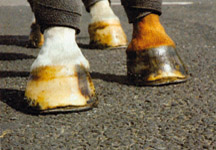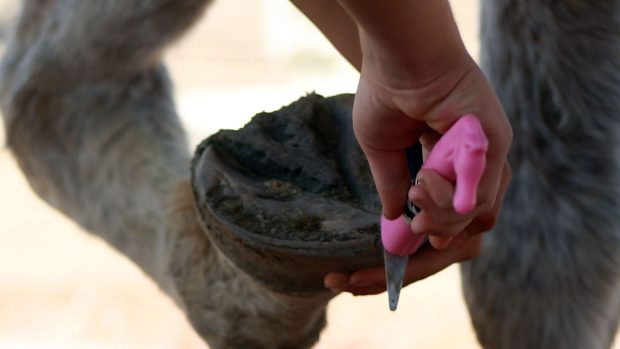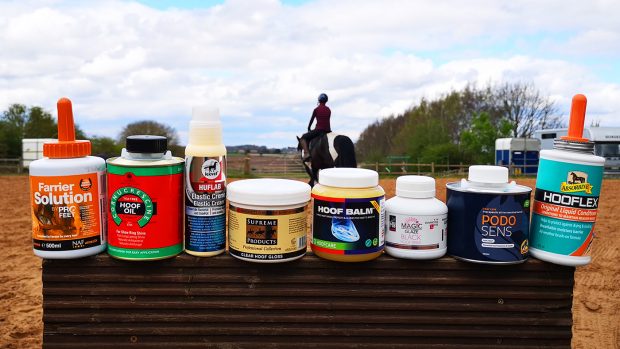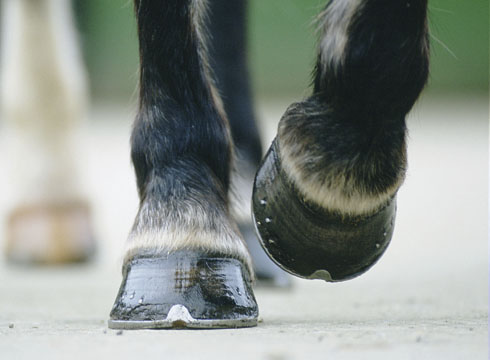Find farriers near you
More veterinary advice
Until recently the clinical significance of horses with uneven feet has been unclear. Perceived veterinary wisdom has pointed to odd feet being more widespread in lame horses, but until now there has been little definitive published proof of such problems
A recent detailed study published in the Equine Veterinary Journal has helped to confirm the clinical concerns surrounding odd feet.
It is an impressive piece of research involving more than 23,000 sport horses and analysis of this new statistical data reveals what many had long suspected:
• The risk of early retirement was higher for jumping than it was for dressage, and was higher at elite level than at the bottom end of the ladder.
• The trait of having uneven feet tended to shorten the competitive life of dressage horses. It was also a significant risk factor at the elite level of jumping, where horses with uneven feet had almost double the risk of early retirement.
• Good conformation of the lower limbs is crucial for a reasonably prolonged duration of competitive life. It was concluded that uneven feet have a detrimental effect on the duration of competitive life in a sport horse population (especially for top show jumpers).
Modern farriery now provides horses with conformational defects such as odd feet with a much better long-term prognosis, as appropriate foot trimming and shoeing can help prevent problems with foals and manage defects in mature horses
Five or 10 years ago it was common practice to make two odd feet look the same, mostly for aesthetic reasons.
The current school of thought, however, is that asymmetric feet should be treated as individual limbs because their conformation will be different, the tension of each deep digital flexor tendon and other structures will be different and, if X-rays were taken, structurally the two would not match up.
The key to managing odd feet is to keep each individual foot properly balanced, as odd-sized feet often have an effect on the conformation of the whole horse, not just the lower limbs.
If you look at a horse with different-sized front feet you will often find that their shoulders are not muscled up equally. This is because they are distributing their weight unevenly. This must be taken into account when deciding upon the best management solution.
For the full article on asymmetric feet, see the current issue of Horse & Hound (26 March, ’09)
Looking for farriers near you?
Need veterinary advice?




